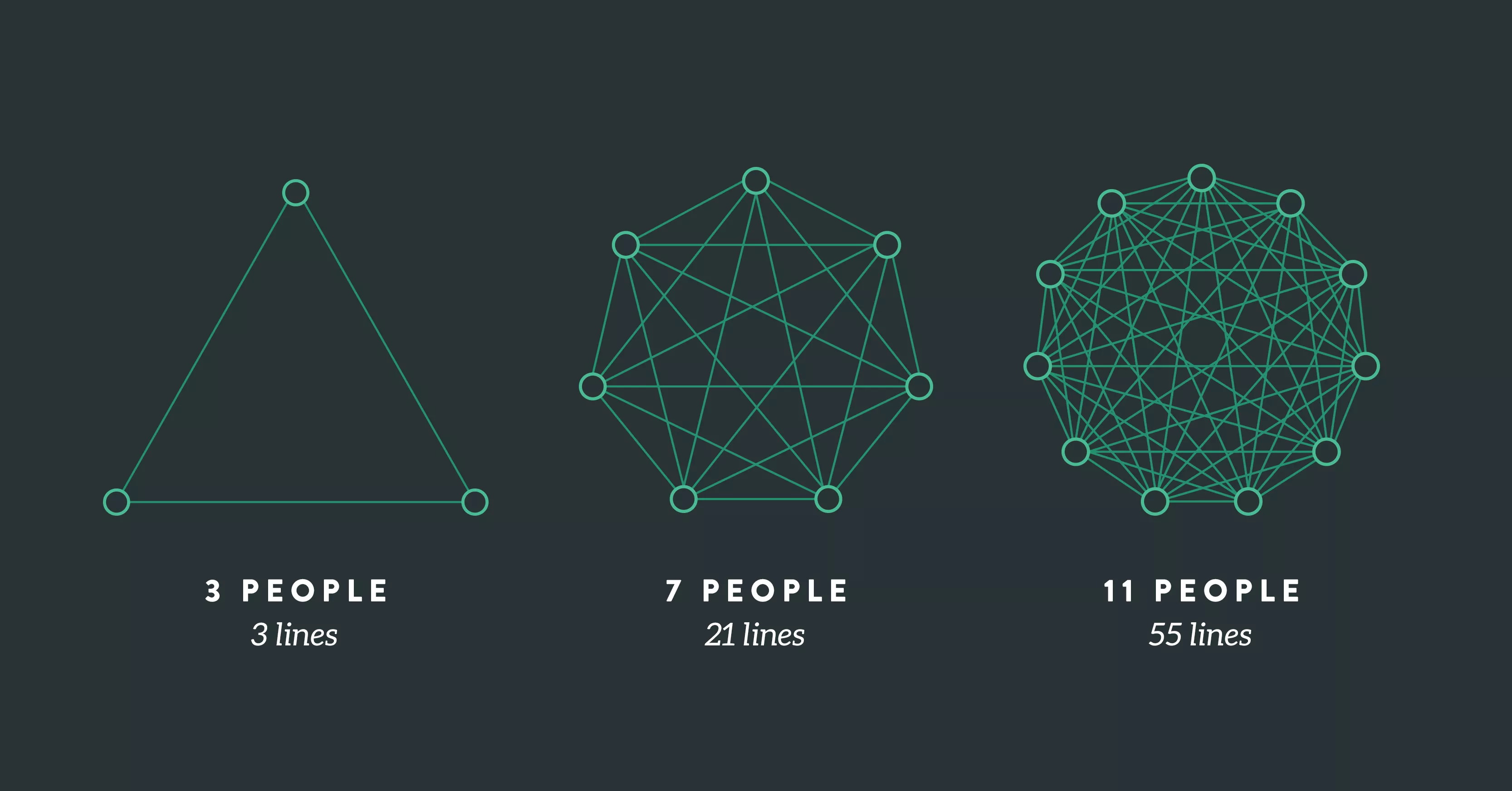Centaur Programmers shrink product team sizes — at least, they should.

Pedro Alves, Bruno Pereira Cipriano, 2023 :
The idea of the Centaur Programmer is based on the premise that a collaborative approach between humans and AI will be more effective than AI alone, as demonstrated in centaur chess tournaments where mixed teams of humans and AI beat sole computers.
The linked paper is about the programmers themself.
I want to discuss the implications for their respective product teams today.
Prediction: Centaur Programmers shrink team sizes—at least, they should—if a product team wants to capitalize on all the positive aspects.
Staffing: Product-Minded Full-Stack Developers vs. Experts ¶
AI is Lowering entry barriers and reducing dependency on years of accumulated knowledge. So, covering multiple domains becomes easier. So, we will see two main branches of developers:
1. Product-Minded Full-Stack Developers - or Centaurs in short: They are the ones writing requirements in AI chat prompts. The generalists from today need to be even more general in the future. Equipped with a vast range of technical knowledge, they are responsible for bridging tech and product.
2. Specialized Experts: They are the sole ones who write novel code and handle tasks that AI has yet to master, including building AI systems and programming languages. They are the spearheads of their respective programming ecosystems. (However, with AI’s exponential learning curve, even these roles are not immune to obsolescence.)
It is safe to assume that in 90% of the product teams, smaller full-stack teams will outperform larger teams with experts.
For technical leaders, it is paramount to coach developers to become broad, product-minded, and full-stack (including DevOps!).
Team Topologies: Smaller Teams - Loosely coupled, highly aligned ¶
Given a centaur programmer’s effectiveness, ensuring they do not waste time discussing things in Jira Tickets with their own or other teams will be essential.

(Lines Of Communication and Team Size: Applying Brooks’ Law )
The smaller the team, the less communication. This fact boosts productivity even more (besides the fact that much of the code is now AI-generated).
So, smaller teams are a good thing. I predict we go down from a typical team size of 5-7 developers to 2-3 developers. A solo developer is undoubtedly possible, but some redundancy is essential for resiliency.
Therefore, the two most essential principles for team topologies apply:
- Loosely coupled: A team can operate independently because there are minimal dependencies on other teams.
- Highly aligned: One team’s goals are strategically aligned with the goals of other teams by the product strategy.
None of this is new, but it is ever more crucial in smaller teams with high output. Technical leaders need to consider this in macro architecture.